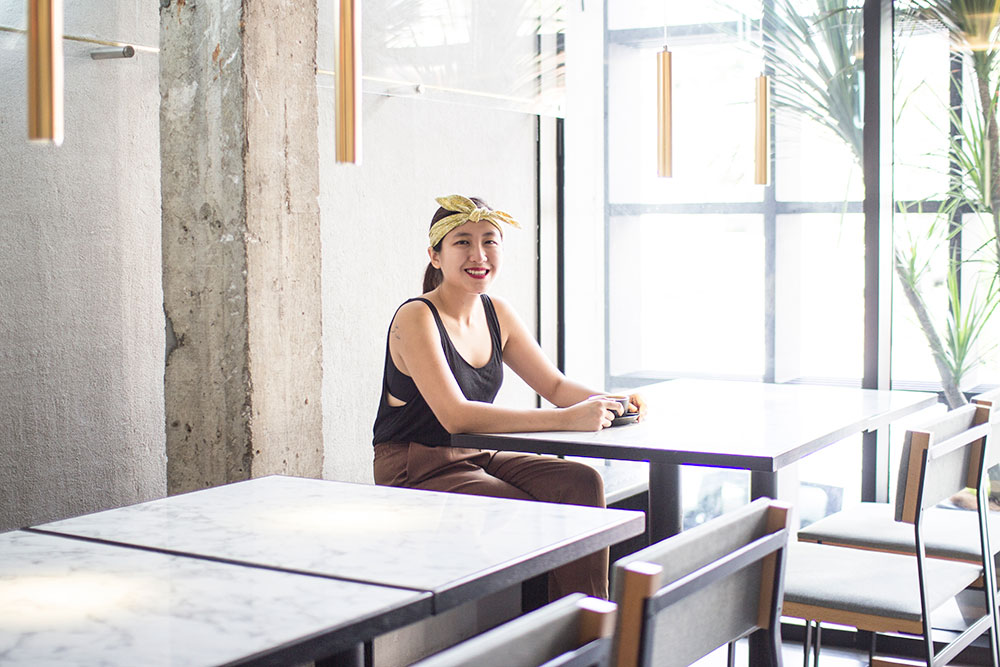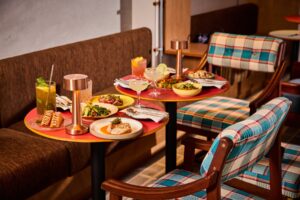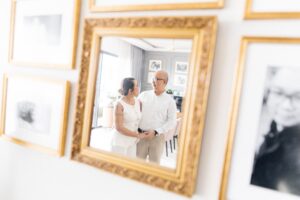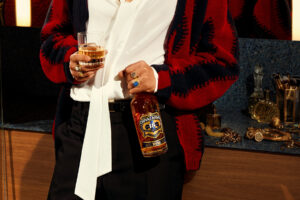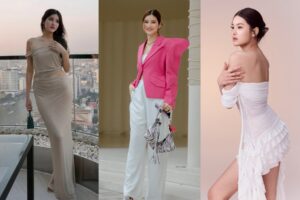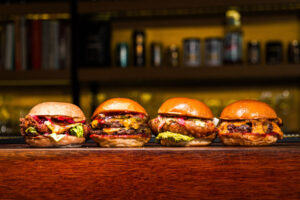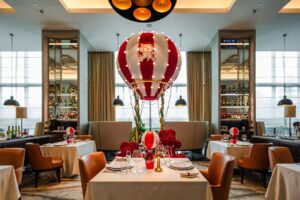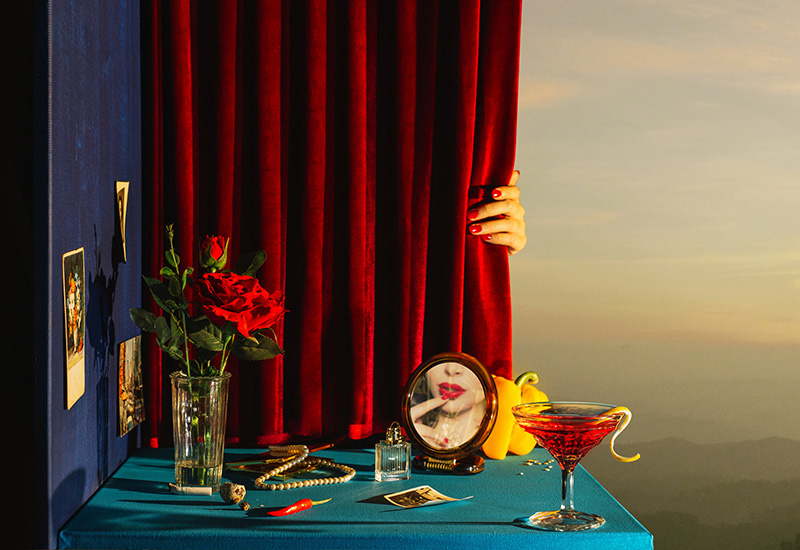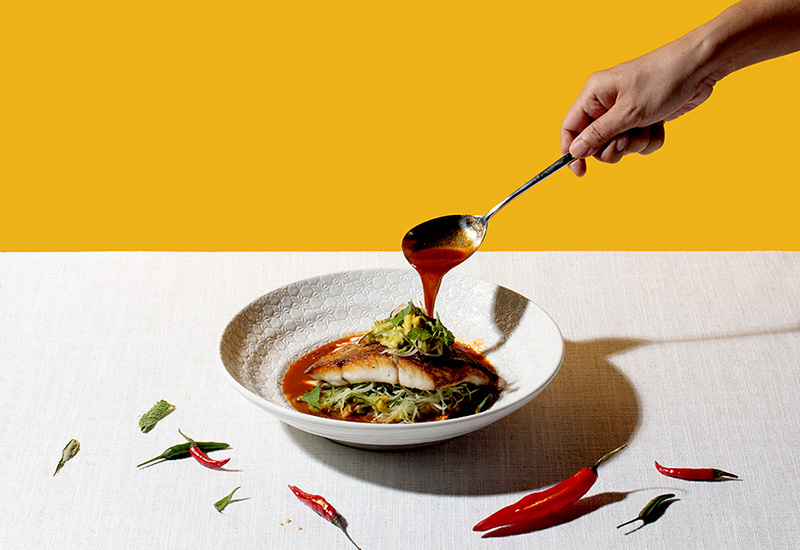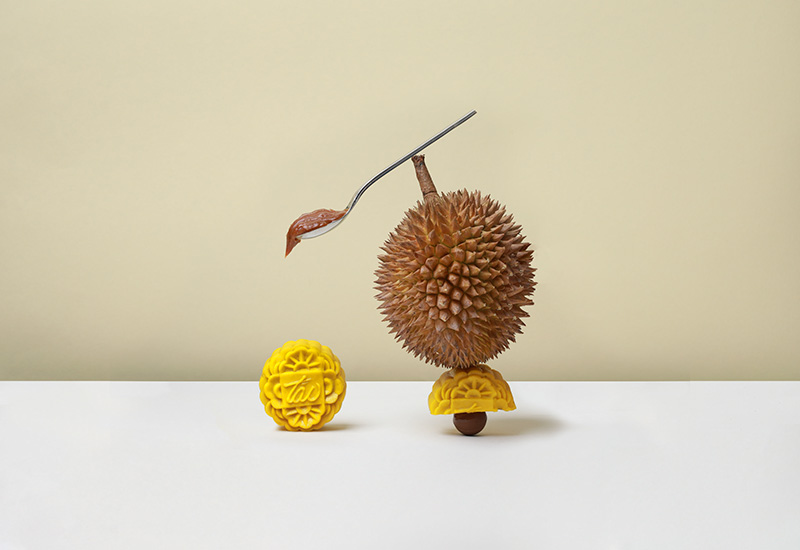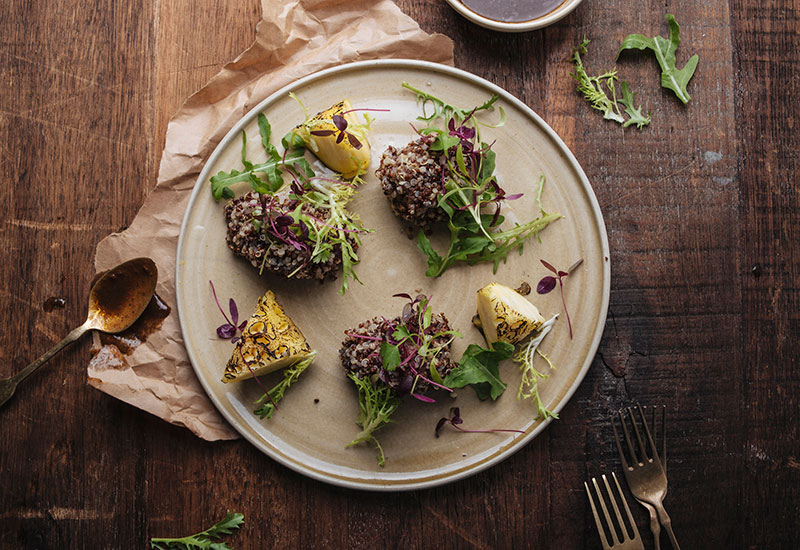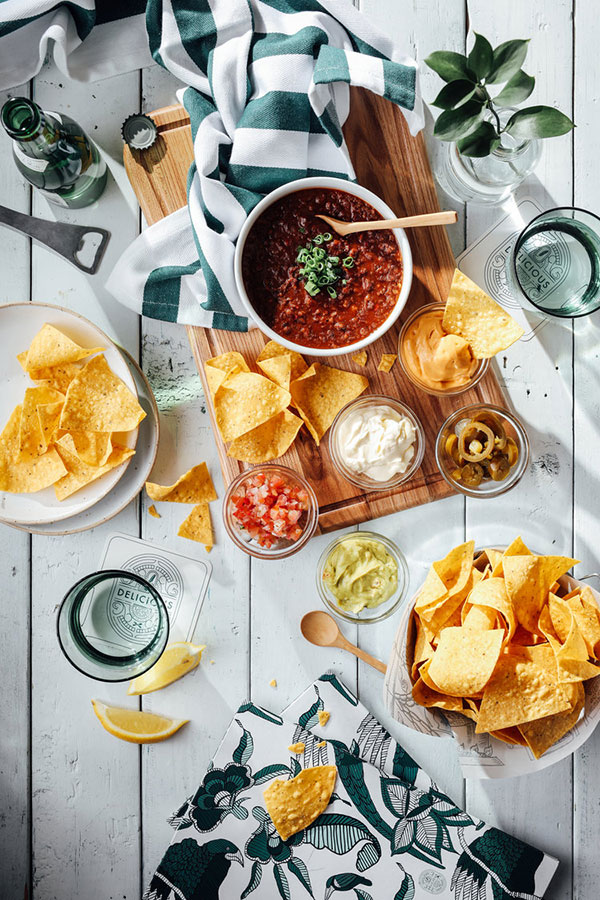What is food styling and how is it different from food photography? Why is it even important? Trisha Toh explains all – and foodies better pay attention.
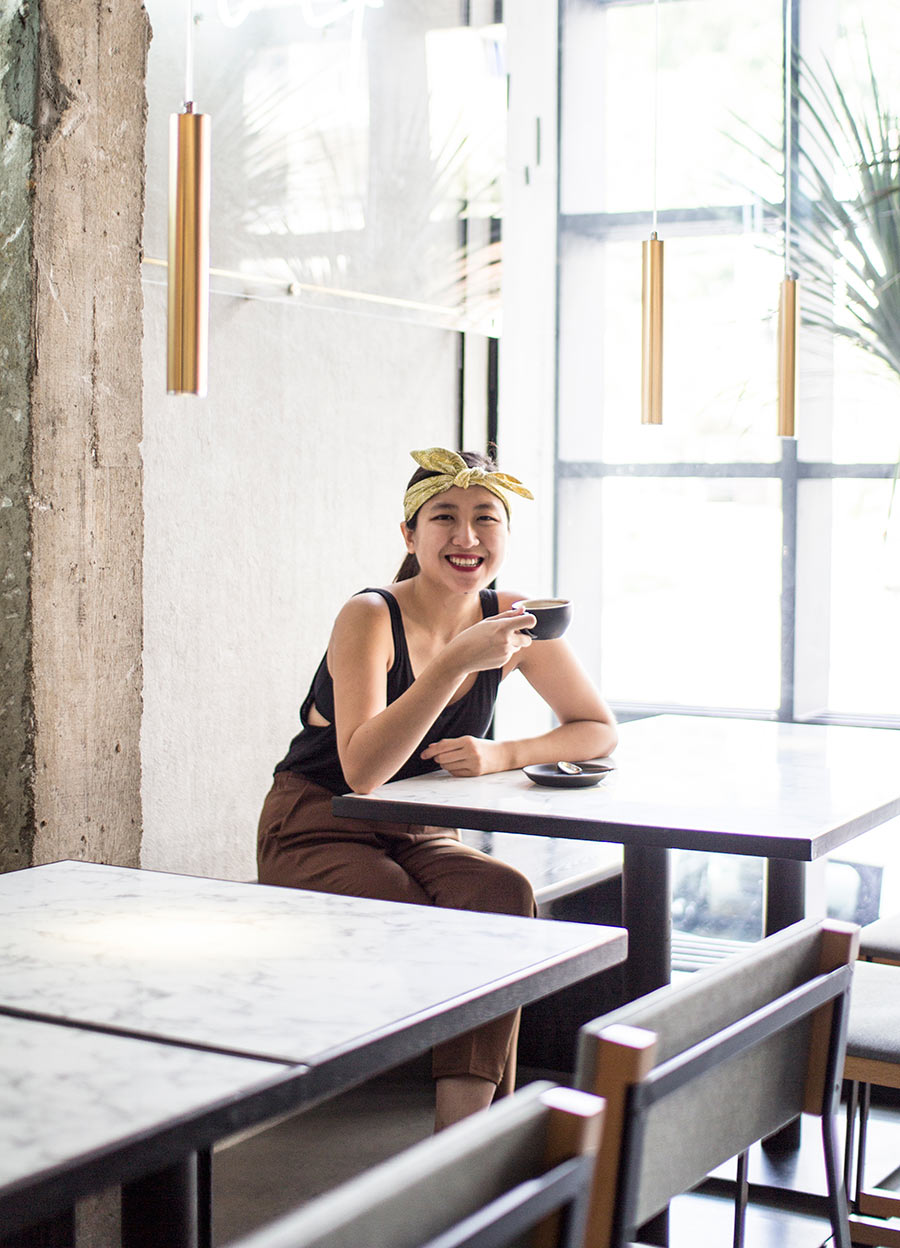
Headband on and fuelled by coffee, Trisha Toh sits at the corner of a café working on her laptop as we approach her table. Just as we take a seat, her food arrives and she immediately perks up, ready to tackle all our questions and the rest of a presumably busy day ahead.
“Yes, I love food!” she replies heartily when asked if she enjoys eating as much her job – food styling. As redundant a question as it may seem, nothing beats hearing it directly from someone who spends hours to a day facing food at shoots, in case one might think her passion’s only on the creative side.
“I like cooking too, but I’m a picky eater,” she admits with a laugh. Coincidentally, her journey from being a tourism management student to a full-time food stylist began with her first step in the kitchen.
Six years ago, she moved out on her own to pursue her degree and that was when she challenged herself to cook.
“It was also around the time that Instagram just started and I tend to find myself more attracted to anything that’s visually appealing, so I started using it,” the 24-year-old recalls.
Being a student then, she managed to find time to style and shoot her meals, sharing them on Instagram as she liked. Little did she know that the act and the app would connect her to new friends, one of whom would eventually lead to her first paid gig.
“About three years ago, a friend from the app told me she has a client who sells spiced nuts and they needed photography. At the time, I was like ‘How do I charge? What do I do? What’s the proper procedure?’ and she just told me to wing it, so I did,” she says candidly.
That was the first of many opportunities she received of that scope; but there’s a lot more than meets the eye if you scroll through her Instagram feed today.
Finding a niche
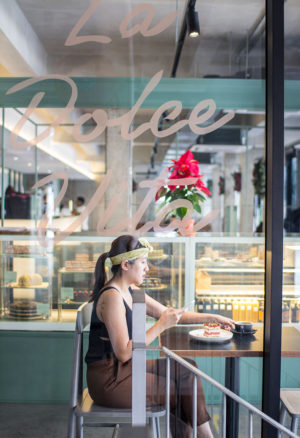
After taking on more freelance jobs and building her brand, things started to take a toll on her both physically and mentally.
“I didn’t realise the distinction between food styling and food photography then, so it was really tiring for me to do both and I couldn’t get the results that I wanted (from the shoots) because I was always pressed for time,” she tells.
“But I was fortunate enough to have a mentor who told me to find my own niche – that’s when I did my research and realised that all the top food magazines have their own team of stylists and photographers. From then on, I decided that I was going to focus on food styling.”
For those lost on the difference, consider a fashion shoot: there’s usually a fashion/wardrobe stylist, a hair stylist, a makeup stylist and a photographer, each playing different roles.
Likewise, a food stylist is more concerned with the food itself, from using only the freshest ingredients to the arrangement, and when necessary, sourcing the right props to fit the art direction; whereas a photographer would pay more attention to the lighting, composition, and anything camera-related in the production.
Sure, one can do both, so why the need for distinction?
“Food is so fragile, once you put a garnish out for five seconds, it may start to wilt, especially with soups and broths. If you’re going to focus on both styling and photography, it’s really going to take a lot of time – and time is usually limited,” she divulges.
Telling a story
With the individual positions becoming more pronounced in the industry, F&B brands are offered a new way of engaging the market through visuals. However, keeping up with the trend appears to be a challenge for many.
“In the beginning, it was difficult to convince people to get a stylist because of the additional costs, but I think they are slowly starting to see how we can work with photographers to get better results in a photo,” she says.
Adapting the idea of food styling is one thing, understanding it is another – and the latter is definitely the bigger challenge.
For her, it’s all about being different and telling a story through visuals and imagery. She achieves this by collecting keywords from clients, using them as a guideline for planning a shoot concept.
“If you’re going to hire me, why would you pay me to do something that everyone else is doing? If you’re going to pay me this amount, let’s do art, let’s make art.”
Magazines and Pinterest are her usual sources of inspiration, while her occasional travels help to provide cultural references. She also names the Dutch Masters as her muses for more recent projects, calling their still-life paintings “the old ways of how we approach culinary”.
“I think we should not confine ourselves to just one idea of looking at food. We should always be open to new ideas of approaching food and food photography.
“If you’re going to hire me, why would you pay me to do something that everyone else is doing? If you’re going to pay me this amount, let’s do art, let’s make art,” she says assertively.
It’s really the whole creative process from getting the brief to planning the storyboard, sourcing the props and finally plating the dishes that makes her favourite part of the job – and that’s what keeps her on her toes.
“At the end of the day, the message still stands – it’s about how you sell your food – but it’s how you convey that message that really makes a difference.”
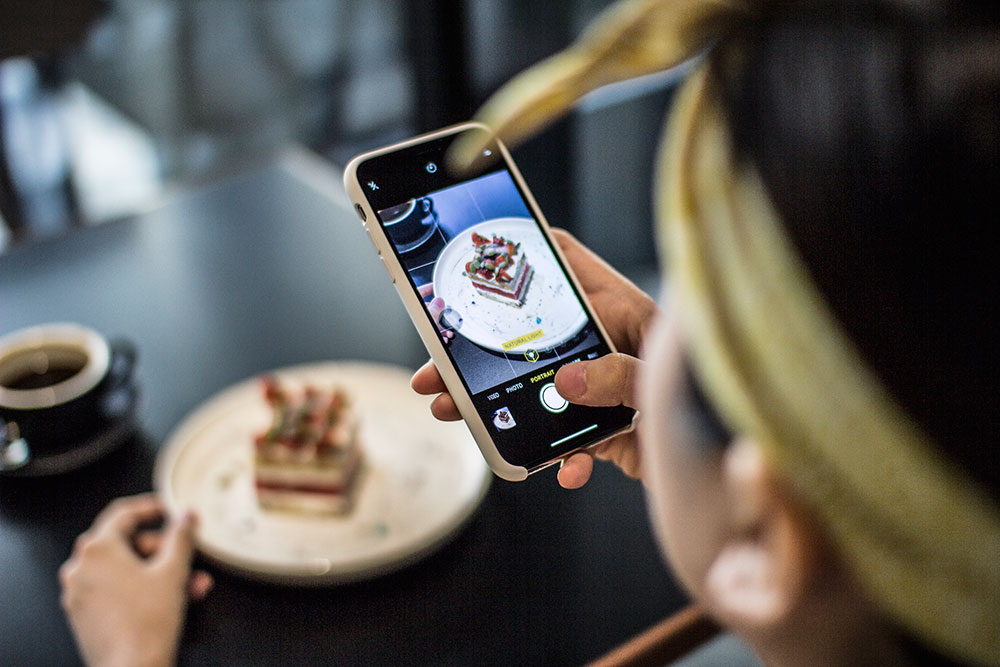
Be set apart
Despite receiving several commissions since starting out professionally, it was only of late that she quit her full-time job to focus solely on food styling.
“The reason I decided to pursue this full-time is because I saw an opportunity to change the way we see menus or how we see food. I think the industry is picking that up this year too,” she reveals.
“Food photography is always going to be evolving and I think the future trend will be ‘How do we set ourselves apart?’”
Going back to school may also be part of her future plans, specifically for culinary education, as she believes having formal training in the field is important to respect the traditions of cooking in her shoots.
Though she still thinks she lucked out with her first job deal, she now sees social media as a platform for opportunities in the artistic sphere – like a public portfolio of your art, if you will.
“A lot of people find you through social media these days, so I think it’s really important to use it to your fullest gain. Times have changed, so I think you should post what you really want to say about your personal brand.”
Check out some of Trisha’s food styling images below.
To see more of her food work, visit her website at trishatoh.com or follow her on Instagram at @trishates.
Photography: Gan Yew Chin
Food images: Courtesy of Trisha Toh




